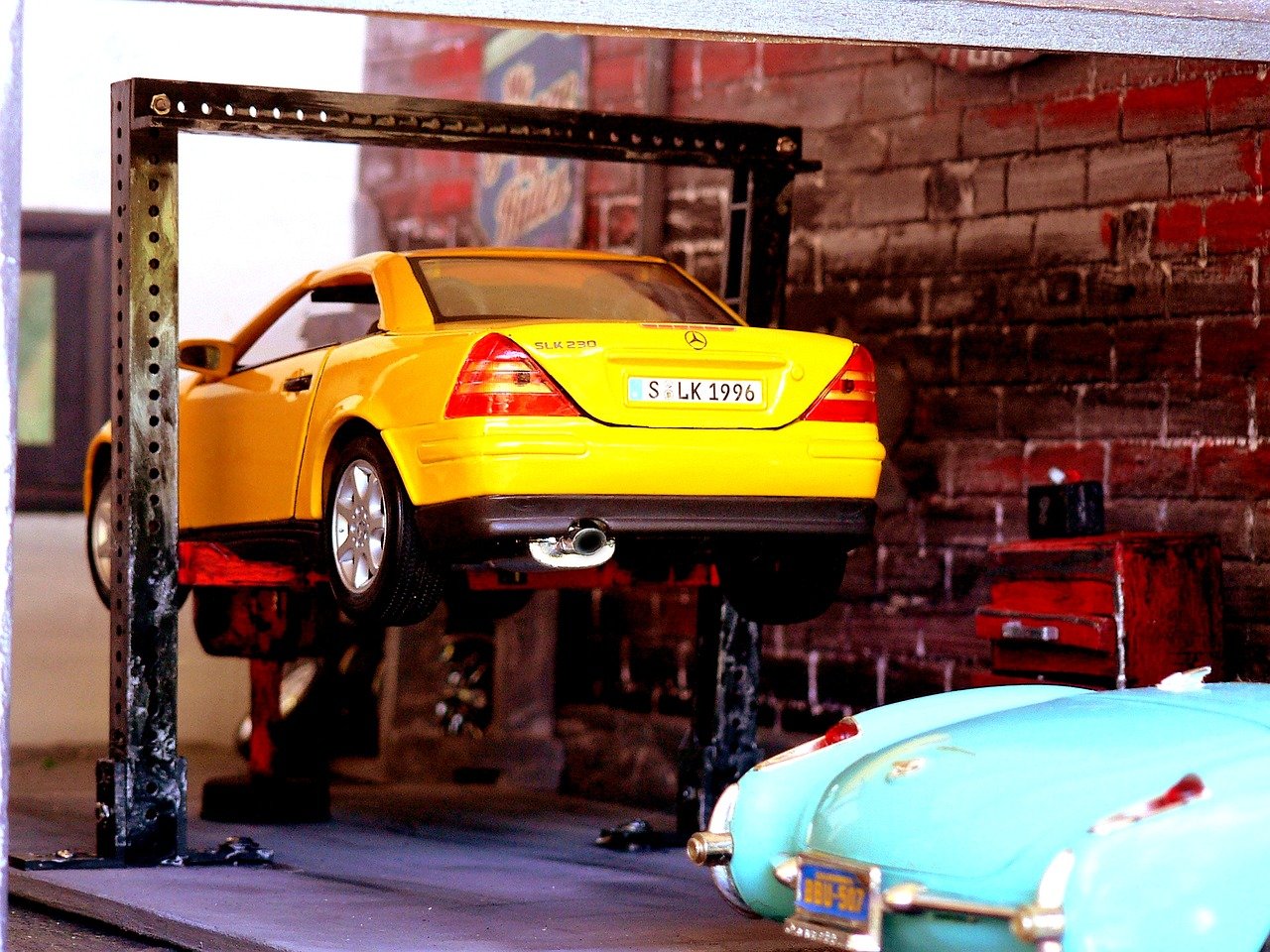
If you want to use your car for a prolonged period, then you need to follow the recommended car care tips. At every stage of the car’s mileage there will be the need to assess each component. Because of the obvious wear and tear effects of time, things don’t stay new forever. Fortunately, a few correct tips could make the difference and contribute to the long term use of some things.
Not only do car care tips increase the performance of the vehicle but also they improve its lifespan. Usually, vehicles come with service interval records that are meant to ensure everything is okay. But some of the mileage specified on the service record schedule take a lot of time to be attained. Which depends on how you use the vehicle. In fact, in some cases, the schedule is not usually followed to the letter.
Performing periodic assessments ensures that the vehicle doesn’t brake down to catch you unaware. Because they expose any faults that may be present before a major brake down. Knowing what needs to be assessed is the first step while taking the right action is the next one.
Another advantage of car care tips is that they save you a lot of repair costs. When comparing car care costs with repair costs, you ascertain that the car care tips beat the repair costs any day. If you’re going on a trip, these assessments can save you from being stranded on the road.
1. Check the fluids.
There are approximately five essential fluids that are within the engine. If either of them goes below the recommended minimum, there is bound to be trouble for you. These fluids are used to ensure the engine runs as it should. They include;
- Coolant. It regulates engine temperatures by running through out the engine and getting cooled at the carburetor.
- Power steering fluid. Creates the capacity of the driver to turn to whichever direction the road leads.
- Brake fluid. Facilitated the application of brakes when the brake peddle is pressed.
- Engine oil. It has cooling properties and its also a lubricant for moving engine parts hence preventing friction, wear and tear.
- Transmission fluid.
If you spot any colored puddle underneath the car, make sure that you investigate whether its these liquids. Because if these fluids are leaking it is advisable not to drive the car over a long distance or in high speed.
2. Tires.
An inspection of tires is important. But what exactly are you supposed to be looking for?
- Tread. Perform the coin test on the tire tread to determine to which extent the tires are worn out. Additionally, inspect the tread wear pattern to see which parts of the tires are wearing out faster than the others. This lets you know if the wheels are balanced and aligned.
- Sides. Most often when people are assessing tire sides, they tend to concentrate on the outer parts of the tire than the inner parts. Ensure that the sides of the tires are free from tire bulges which pause a tire burst risk.
- Pressure. Ensure that you observe the recommended maximum tire pressure of 35 PSI. Because, going overboard with tire pressure or under pressuring them could lead to tire damage or bursts. Further be sure not to overload the vehicle so that the tires can handle its weight.
Observing these tire care tips helps improve safety as well as reducing fuel consumption.
3. Lights.
Make sure that the car’s lights are working. Because you need to see at night and the car’s lights are your only hope. Sometimes, when the car has some electrical system problems, the bulbs may become dim or totally functionless.
You can check if the viewing distance of the bulbs has reduced through a simple test. Simply park the car very near to a wall and light the headlights. Slowly back up away from the wall and check when the beam becomes totally blurry. That’s the viewing distance that your lights are capable of covering. If it’s not satisfactory, just purchase new bulbs. Alternatively, if new bulbs do nothing, get a professional to assess the car’s electrical system.
4. Paint.
Taking care of the car’s paint is a long term undertaking. Paint is susceptible to damages from swirls and scratches. To take care of the car’s exterior, you need to wash it regularly. This reduces the harmful elements that stick onto the car’s paint. After a proper wash the next move is to apply wax.
Wax acts as a protective element by keeping the car paint scratch free as well as reducing the chances of the body rusting. Wax gets rid of swirl marks as well as small scratches that do not reach the car’s paint surface.
5. Hoses and belt.
Simply inspect some of the reachable hoses to confirm that there is no leakage coming from them. Incase there is a leakage there will be evidence of a wet patch on the hose. Additionally, you will see a colored puddle underneath the car. Further, assess the alternator belt for any tearing or holes to ensure it’s not worn out. Because if the belt is worn out, the car battery will be depleted and the car won’t start.






